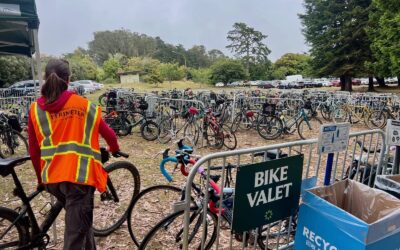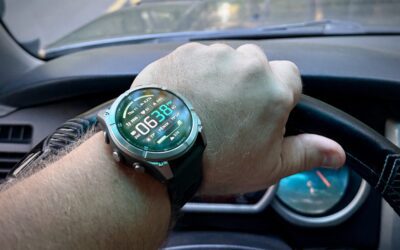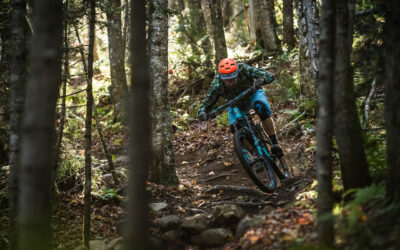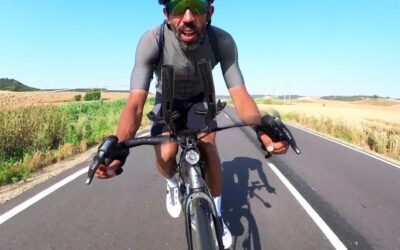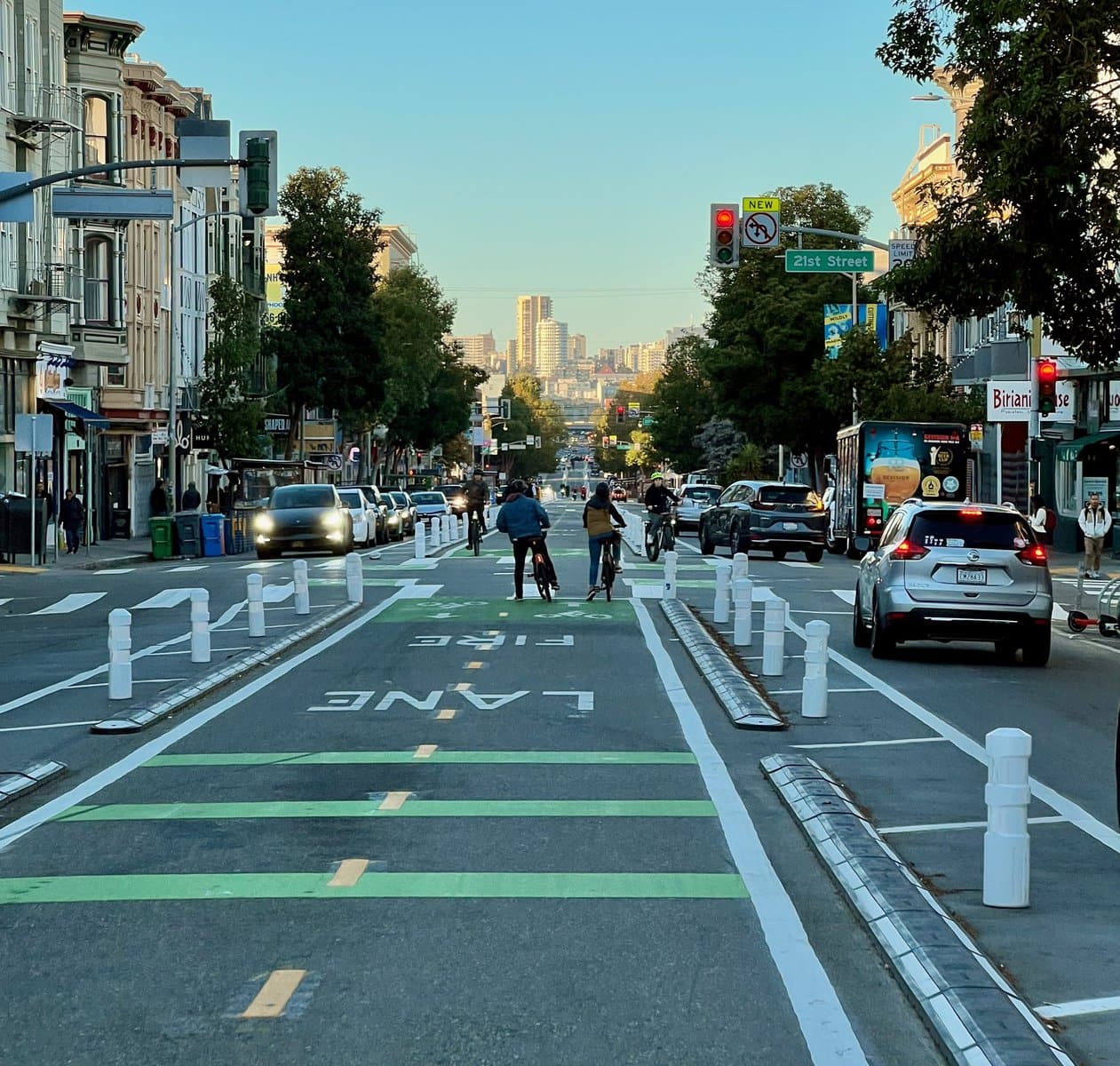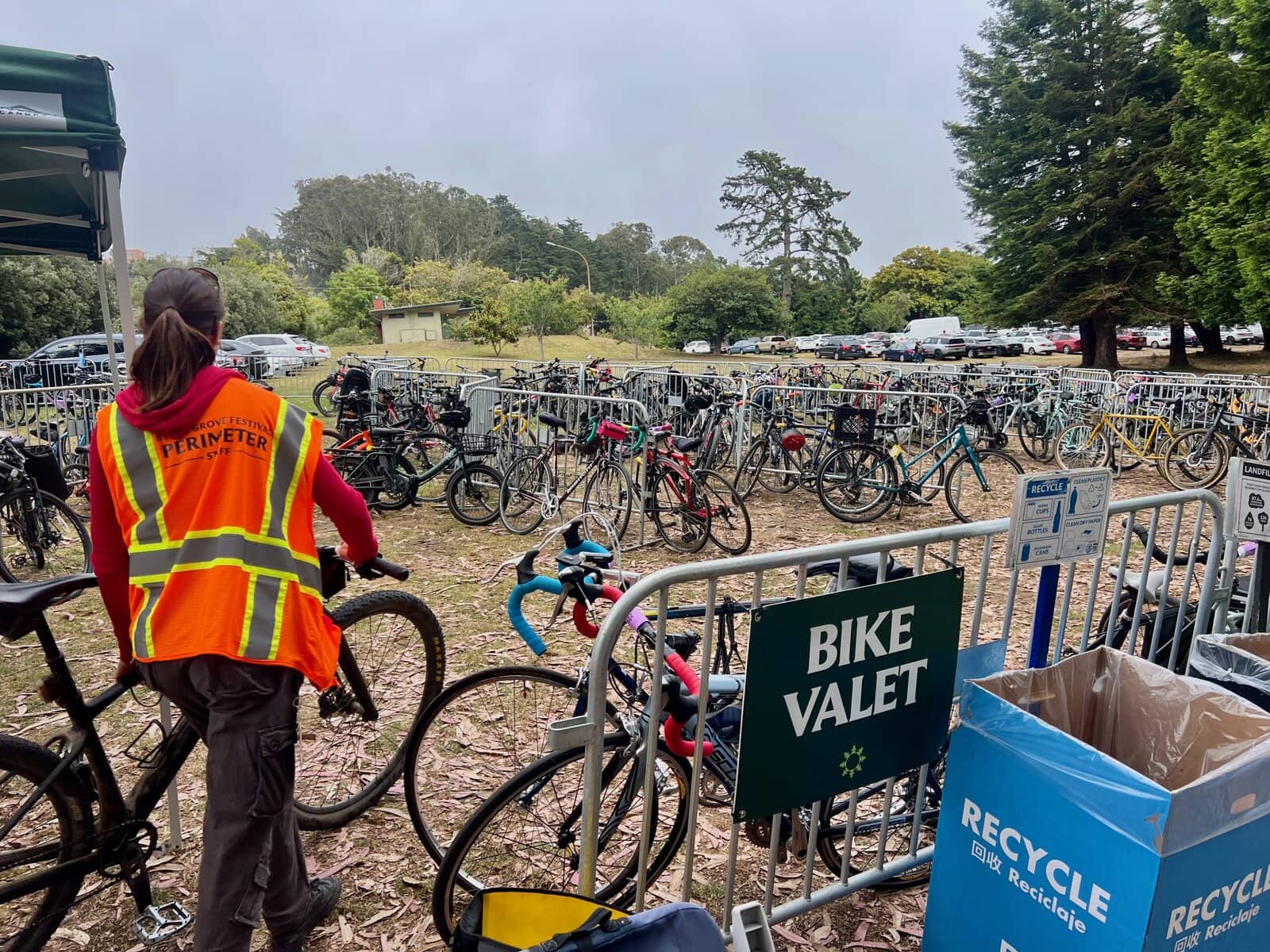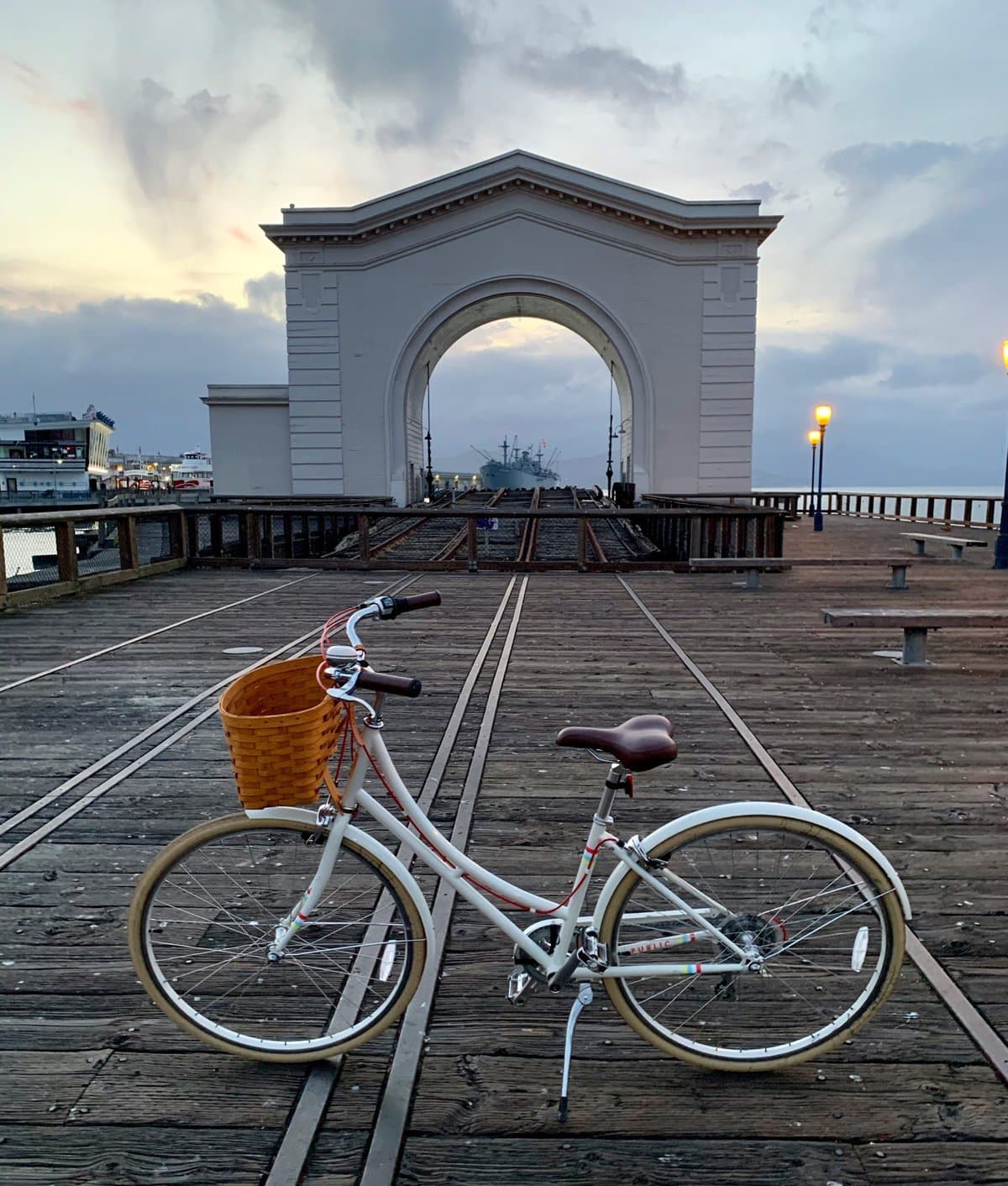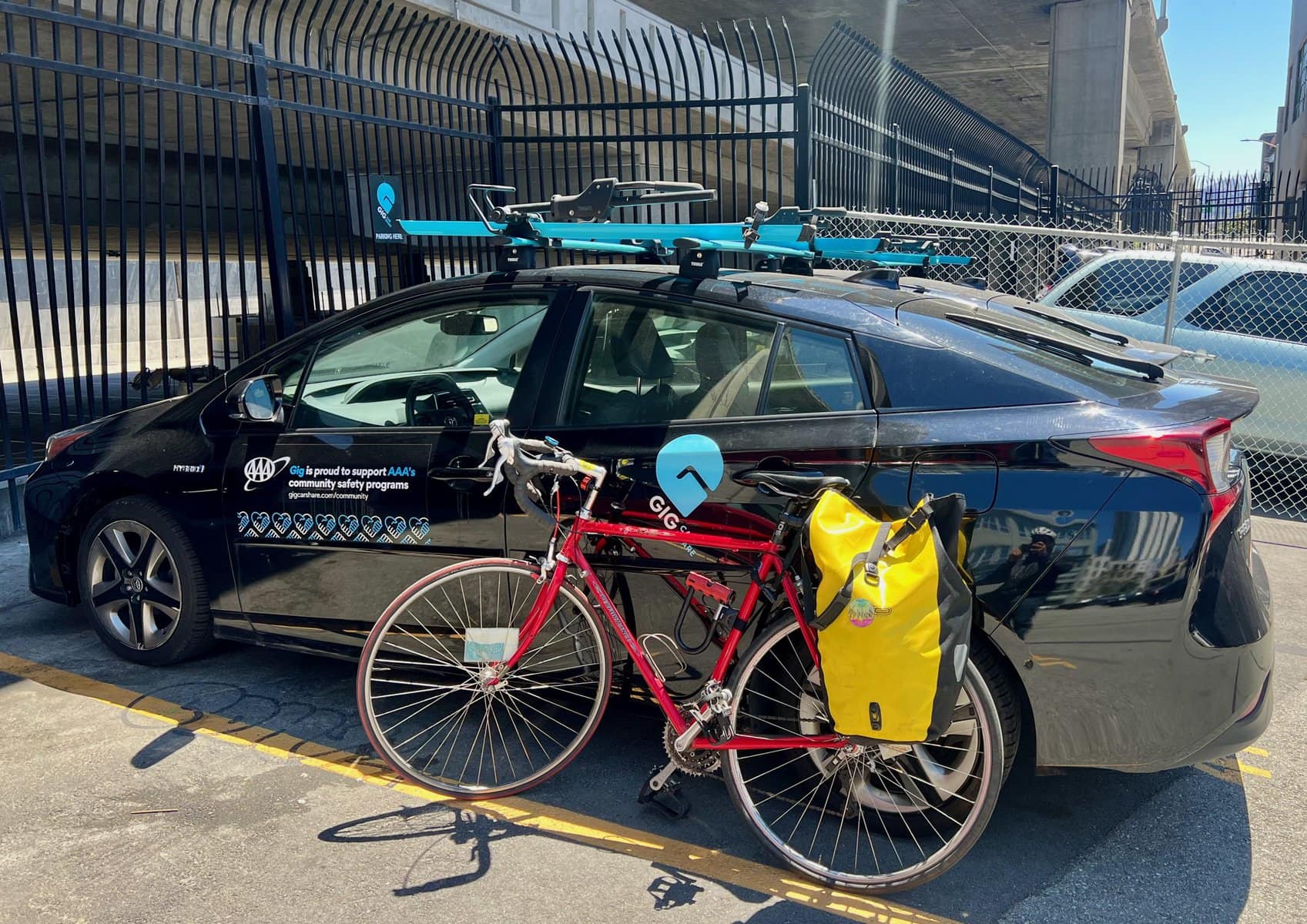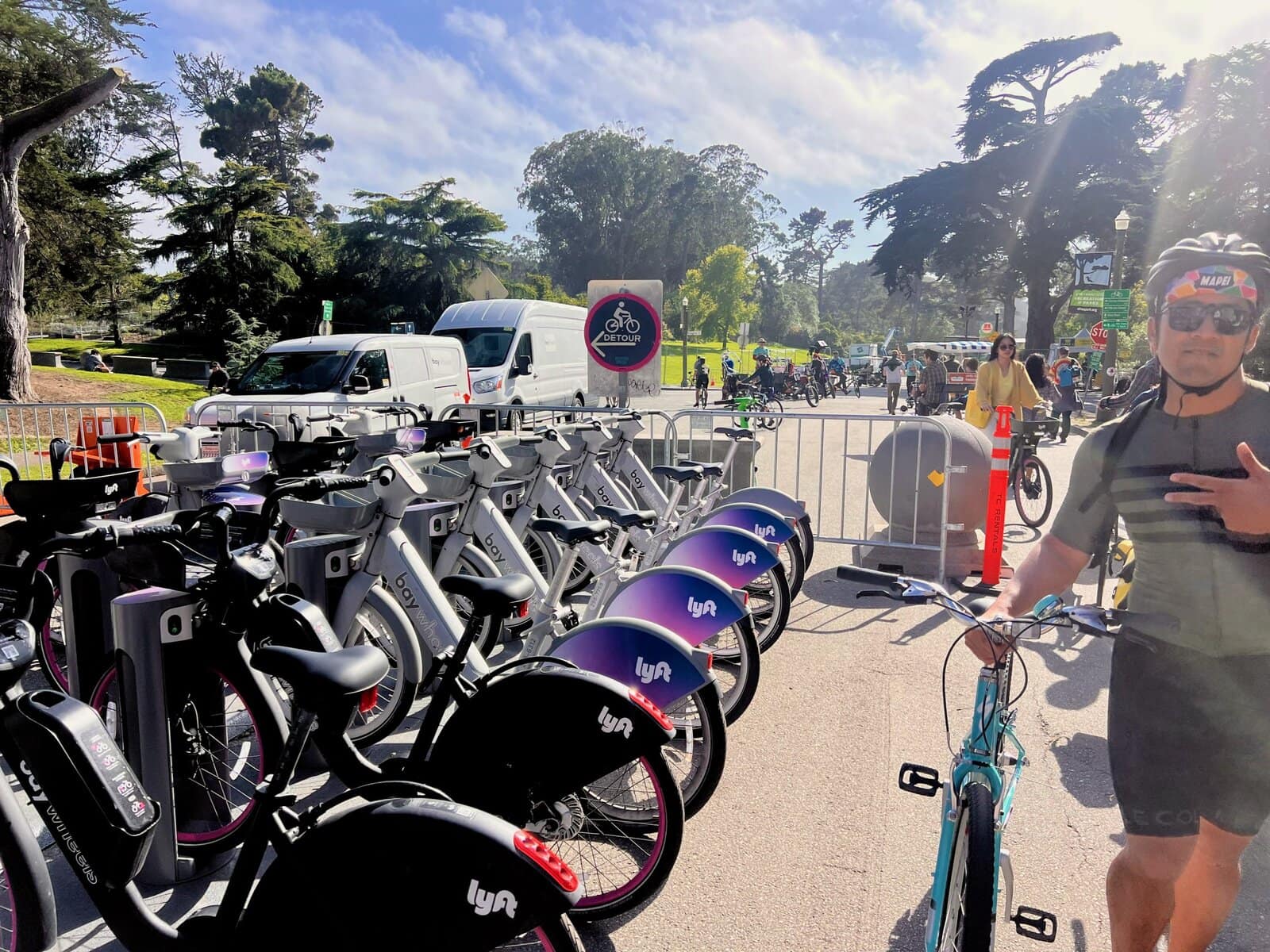Navigating San Francisco’s New Center Bike Lane: A Cyclist’s Guide
San Francisco’s Valencia Street has transformed into a bike-friendly haven with the addition of a new center bike lane. As cyclists eager to make the most of this innovative development, it’s essential to understand how to navigate the lane effectively and safely. This guide will help ensure that your rides are enjoyable and hassle-free.
A Fresh Look at Valencia Street
The recently installed center bike lanes on Valencia Street are designed to create a safer environment for cyclists. Imagine gliding down a dedicated bike highway, where the road is primarily yours, free from the interruptions of parked cars. However, as with any new infrastructure, it’s important to master the rules of the road to maximize safety and efficiency.
Sharing the Space
With a two-way bike lane, cyclists must be aware of the proximity to others riding in the opposite direction. While the spacious lane can accommodate up to four bikes side-by-side, it’s crucial to communicate your presence with a friendly bell ring or by announcing “Coming up on your left!” as you pass. Being vigilant will ensure that interactions with fellow cyclists remain safe and pleasant. Given that speeds can vary significantly due to the street’s incline, it’s recommended to maintain a steady pace and signal when changing lanes.
Pro Tip: Invest in a good bike light, especially if you ride after dark. Visibility is key in preventing accidents.
Riding Straight: The Joy and Challenges
Riding straight through the center lane is a breeze, thanks to the separation from vehicular traffic. However, there are still unique challenges. Keep an eye out for cyclists slowing down to exit into bike boxes at intersections. As you approach an intersection, slow your pace and look behind you for any cyclists who might be overtaking you. Maintain a position near the right side of the lane to give room for those who may wish to pass.
The Mechanics of Turning
Turning onto the center bike lane can be straightforward once you understand the layout. Always exit from the bike lane to the right, whether you plan to turn left or right at an intersection. Familiarize yourself with the bike boxes, where you can stop safely while waiting for traffic signals. Each intersection will present unique bike boxes, so it’s vital to check for the correct one depending on your direction of travel. This system can feel exposed, but approaching slowly and confidently will ease your transition.
Insight: While adjusting to this new infrastructure, take your time. The goal is to make riding more enjoyable and safe, so don’t rush the process.
Conclusion: The Future of Cyclist Infrastructure
As we embrace the Valencia Street center bike lane, it’s important to remember that infrastructure often evolves with public input. Share your thoughts and experiences with local authorities to help shape future bike paths. The transition may come with a learning curve, but with patience and practice, the rewards of a safer, less congested cycling experience are worth it. Happy cycling!
Original article: Click here

